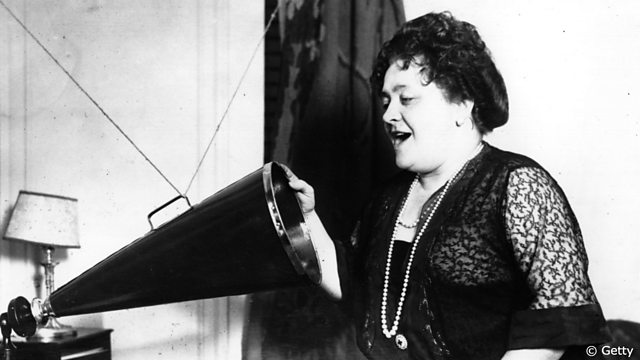
The Studio: From Acoustic to Electric
Pink Floyd’s Nick Mason begins the story of the recording studio, charting how the switch from acoustic to electrical recording ushered in new genres from crooning to rock n roll.
The recording studio has changed dramatically since the advent of sound recording - as has our understanding of the ‘perfect take’.
In the first of two programmes about the history of the studio, Pink Floyd’s Nick Mason explores the limitations of the acoustic era, and how the switch to electrical recording ushered in the age of more intimate recording, giving rise to the superstar crooner.
We look at the how, after World War 2, a boom in independent recording studios run by army-trained communications engineers helped to drive the birth of rock n roll, and how technology developed during the war made it possible for musicians to start recording music that was physically impossible to play, using techniques pioneered by a man better known for his guitars – Les Paul.
The series is produced in association with the Open University.
CONTRIBUTORS
Prof Mark Katz, University of North Carolina
Prof Simon Zagorski-Thomas, The London College of Music at the University of West London
Prof Albin Zak, The State University of New York at Albany
Prof Allison McCracken, DePaul University
Greg Milner, author of Perfecting Sound Forever: An Aural History of Recorded Music
Brian Kehew, producer and music historian
Clem Cattini, The Tornados
(Photo: A woman sings in front of an acoustic recording horn Credit: Getty Images)
Last on
Broadcasts
- Sat 8 Jun 2019 11:06GMT�鶹�� World Service except East and Southern Africa & West and Central Africa
- Sun 9 Jun 2019 19:06GMT�鶹�� World Service except East and Southern Africa & West and Central Africa
- Sun 9 Jun 2019 21:06GMT�鶹�� World Service East and Southern Africa & West and Central Africa only
Find out more...
Nick Mason speaks to The Open University about Pink Floyd’s unique musical innovations.
